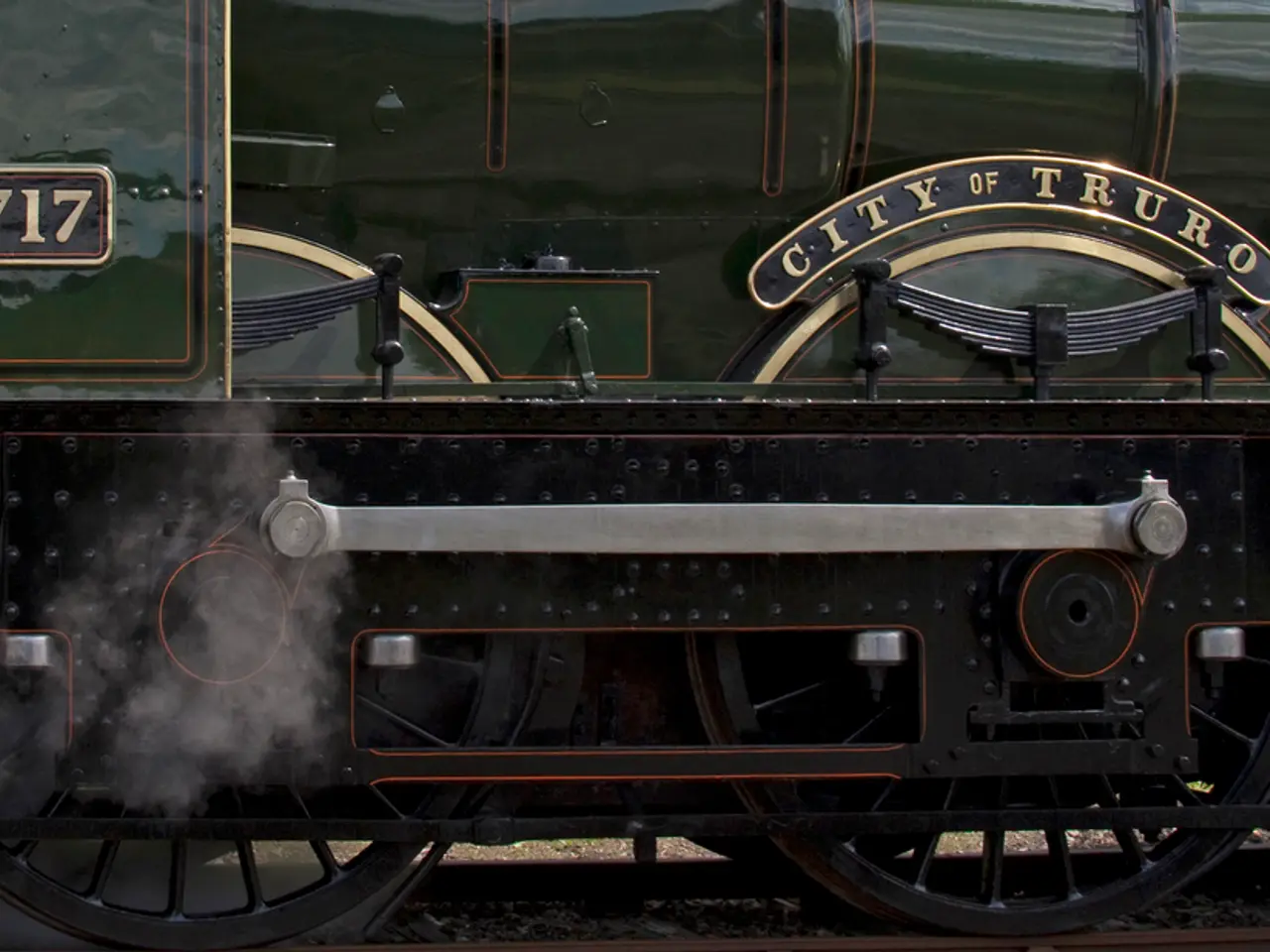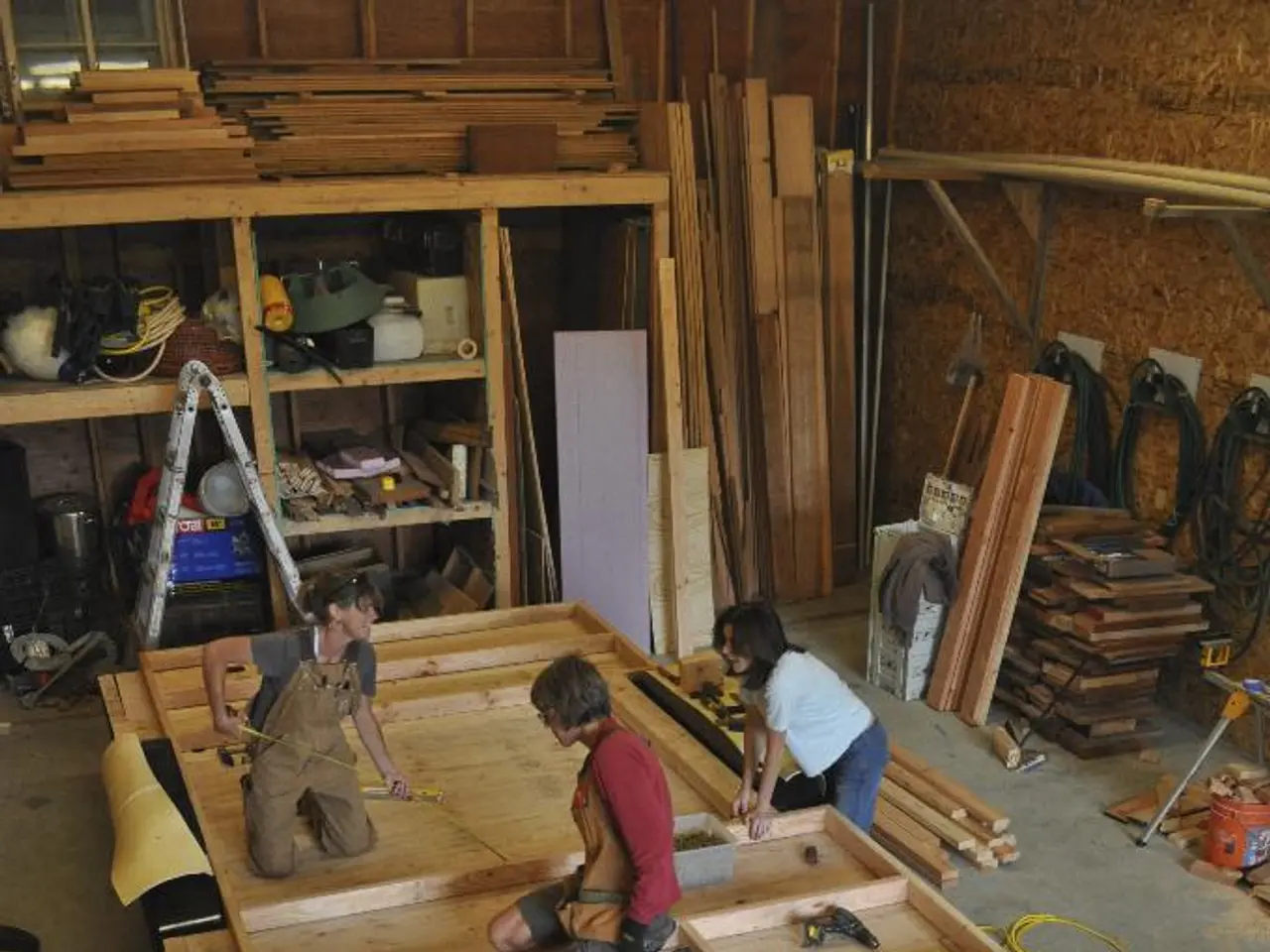Cars can potentially sustain damage when they come into contact with train tracks.
Railroad crossings can have a significant effect on the longevity and overall health of a car, particularly when the crossings are uneven, poorly maintained, or have significant gaps between rails and pavement.
In cities like New York, San Francisco, or Toronto, roads may be adorned with embedded rails for streetcars, light rail lines, or old industrial or port rails. These embedded tracks can still cause problems, especially if they're slick in rain or snow, hit at a bad angle, or if a tire gets trapped in a flangeway gap.
When cars cross these uneven tracks, the vehicle's suspension, tires, and undercarriage can experience extra wear and tear. Repeatedly driving over rough or uneven railroad crossings can accelerate suspension component fatigue, tire damage, and even misalignment over time.
Suspension system components like shocks, struts, and coil springs can wear down prematurely due to repeated hard jolts from crossing train tracks. Tire and rim damage can occur due to uneven edges or gaps between the pavement and the rail, leading to sidewall bubbles, cracks or splits, bent or cracked rims, and tire blowouts.
Underbody scraping and rust can occur when vehicles with low ground clearance cross raised railroad crossings, potentially damaging the underbody, muffler, oil pan, or causing water intrusion and corrosion.
Wheel alignment issues can arise from hitting the track at an angle or with one wheel more forcefully than the others, leading to steering problems, vibration, rapid tire wear, and decreased fuel efficiency.
While collisions between trains and vehicles can cause significant damage to cars and pose major safety risks, these are accident scenarios rather than normal wear factors related to train tracks.
However, poor maintenance, steep approach angles, and weather exposure can make a railroad crossing worse. Crossings with worn asphalt, loose boards, or exposed rail edges are particularly dangerous.
The responsibility for maintaining train crossings can lie in a gray area between municipal authorities and railroad companies, potentially leading to outdated or unmaintained crossings in rural America.
To mitigate these potential issues, it's advisable to regularly inspect tires, especially if frequently driving through track-heavy areas. Getting alignments twice a year can help prevent hundreds of dollars in uneven tire wear.
Additionally, if wheels bounce while crossing tracks, especially in wet or icy weather, temporary loss of traction can increase stopping distance. Slowing down when approaching train tracks can help reduce this risk.
Electronic component interference is a rare but possible issue near train tracks due to electromagnetic activity from rail systems, potentially causing short circuits, sensor misreads, or malfunctions in adaptive systems.
In summary, crossing train tracks can temporarily stress a car’s components, especially if track crossings are in poor condition, and repeated crossing of rough tracks may contribute to accelerated wear on suspension and tires over time. Proper care such as regular suspension inspections and tire maintenance is advisable if you frequently drive over train tracks.
- The automotive industry may incur additional expenses due to car-maintenance issues related to poor railroad crossings, especially in urban areas with embedded streetcar or light rail tracks.
- Inadequately maintained railroad crossings can result in increased costs for car-owners, as repeated drives over the uneven tracks may lead to premature wear on suspension components and tires.
- Proper car-maintenance practices, such as regular wheel alignment checks, tire inspections, and adjustments, can help alleviate some of the stress on a vehicle caused by crossing rough railroad tracks.
- Improper railroad crossing maintenance and conditions can potentially impact the lifestyle of car-owners who frequently travel through track-heavy areas, such as increased expenditure on car-maintenance and potential risks associated with decreased car performance.




